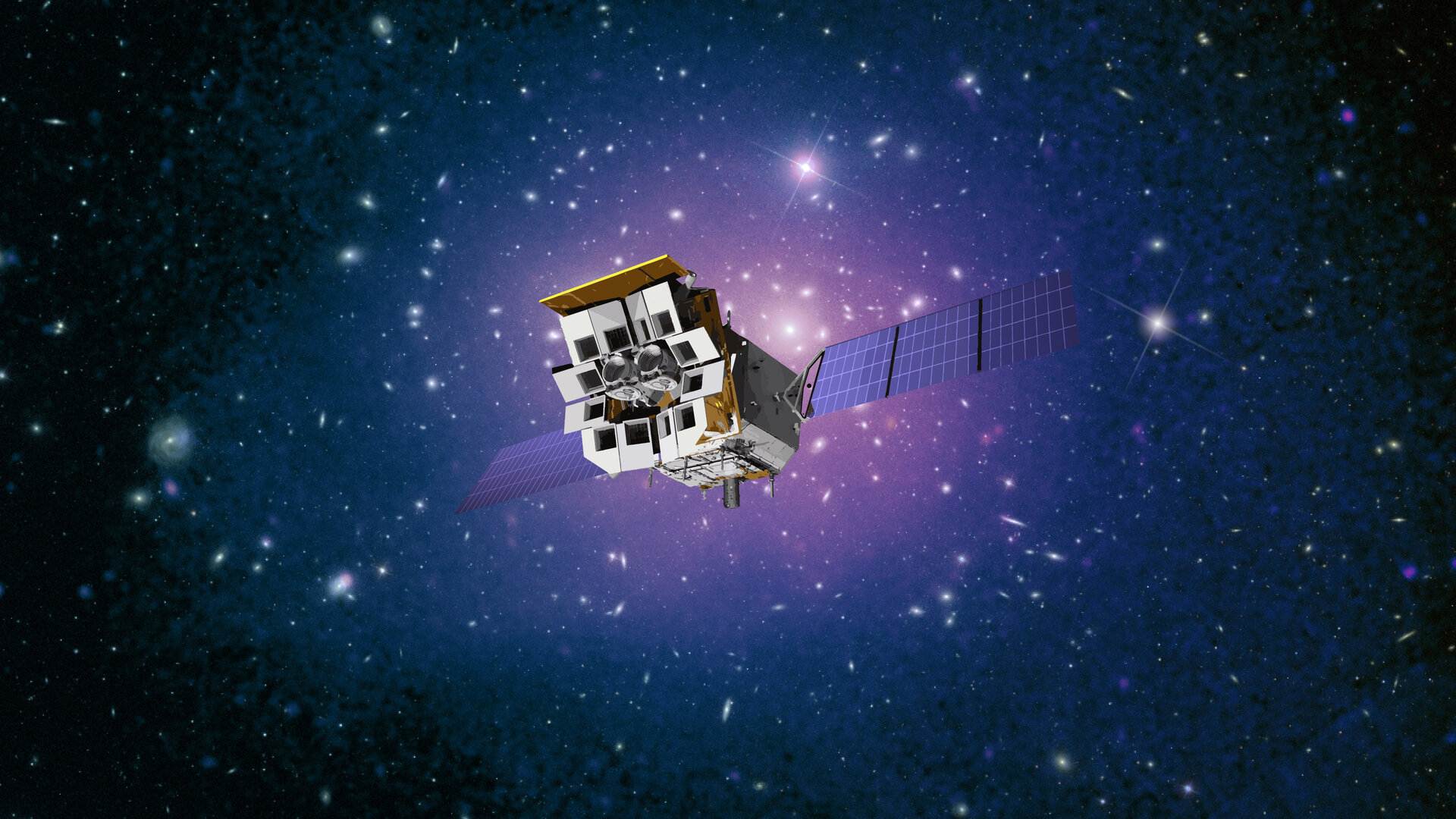12/21/2023
30 Views
1 Likes
Einstein space probe Chinese Academy of Sciences (CAS) Ready for launch in January of 2024. This mission, equipped with a new generation of X-ray instruments with high sensitivity and an ultra-wide field of view, will map the sky and chase powerful bursts of X-ray light coming from the sky. Mysterious celestial bodies such as neutron stars and black holes.
The Einstein Probe is a CAS-led collaboration with ESA and ESA Max Planck Institute for Extraterrestrial Physics (MPE)Germany.
In exchange for contributing to the development of this mission and defining its scientific objectives, the European Space Agency will have access to 10% of the data generated by the Einstein Probe’s observations.
“Thanks to its innovative design, the Einstein Probe can observe large parts of the sky at a single glance. This allows us to discover many new sources and at the same time study the behavior of X-ray light emitted by known celestial bodies over long periods of time.” says Erik Kolkers, ESA’s Einstein Probe project scientist. “The Universe is our only laboratory for studying high-energy processes. Missions like the Einstein Probe are essential to advance our understanding of these processes and learn more about fundamental aspects of high-energy physics.”
A watchful eye on the X-ray sky
Unlike the stars that line our night sky and reliably form constellations, most cosmic objects that shine in X-rays are highly variable. These continually become brighter and darker, and in many cases appear briefly before disappearing for a longer period of time (called transient) or even permanently.
X-ray light from astronomical sources is driven by turbulent cosmic events and is highly unpredictable. However, it contains essential information about some of the most mysterious objects and phenomena in our world. X-rays are associated with neutron star collisions, supernova explosions, matter falling onto black holes or ultra-compact stars, or high-energy particles emitted from disks of burning material orbiting such strange and mysterious objects.
The Einstein Probe will improve our understanding of these cosmic events by discovering new sources and tracking the diversity of objects that shine in X-rays anywhere in the sky.
The routine discovery of new X-ray sources is key to gaining more knowledge about the origin of gravitational waves. When two very massive objects such as two neutron stars or two black holes collide, they create waves in the fabric of space-time. These waves travel huge distances before they reach us. Many detectors on the ground can now record this signal, but are often unable to pinpoint the source’s location. When it comes to neutron stars, such a “cosmic collapse” is accompanied by a huge explosion of light in the light spectrum, especially X-rays. By allowing scientists to study these short-lived events in real time, the Einstein Probe will help us determine the origins of many gravitational waves observed on Earth.
Lobster eyes in space
To achieve all its scientific goals, the Einstein Probe spacecraft is equipped with a new generation of highly sensitive instruments that can observe large parts of the sky: the Wide-Field X-ray Telescope (WXT) and the Follow-up X-ray Telescope (FXT).
The WXT features an optical modular design that mimics the eyes of a lobster and uses innovative Micro Pore Optics technology. This allows the instrument to observe 3,600 square degrees (roughly a tenth of the celestial sphere) at once. This unique ability allows the Einstein Probe to observe almost the entire night sky in three orbits around the Earth (each orbit lasts 96 minutes).
New X-ray sources or other interesting events observed by WXT are then studied in detail using the more sensitive FXT. Importantly, the spacecraft also sends a warning signal back to Earth to activate other telescopes on Earth and in space that operate at other wavelengths (from radio to gamma rays). They will then quickly turn to the new source to collect valuable data at multiple wavelengths, allowing the event to be studied more comprehensively.
Europe’s contribution
ESA played an important role in developing the scientific instruments for the Einstein Probe. Provided support for testing and calibration of WXT’s X-ray detectors and optics. The mirror array for one of the two FXT telescopes was developed by the European Space Agency (ESA) in collaboration with MPE and Media Lario (Italy).
The FXT mirror array is based on the design and technology of ESA’s XMM-Newton mission Erosita– X-ray telescope. MPE supplied the mirror assembly for the other FXT telescope and developed the detector modules for the two FXT units. For FXT, ESA also supplied the system to divert unwanted electrons away from the detectors (electron diverter).
During the mission, ESA ground stations will be used to help download data from the spacecraft.
ESA’s fleet of high-powered missions
The European Space Agency has a long history of promoting high-energy astronomy. XMM-Newton and Integral have been scanning the universe for X-rays and gamma rays for more than twenty years, leading to major advances in the field. The European Space Agency is also participating
“The performance of the Einstein Probe is highly complementary to the in-depth studies of individual cosmic sources conducted by other missions,” Eric points out. “This X-ray observatory is also an ideal precursor to ESA’s Athena mission, which is currently being studied and should become the largest X-ray observatory ever.”
For more information please contact:
ESA Media Relations
Email: [email protected]

“Thinker. Coffeeaholic. Award-winning gamer. Web trailblazer. Pop culture scholar. Beer guru. Food specialist.”







More Stories
Comet Tsuchinshan-Atlas is ready to shine this fall
Sonos isn’t bringing back its old app after all
Indiana Jones and the Great Circle is coming to PS5 in spring 2025